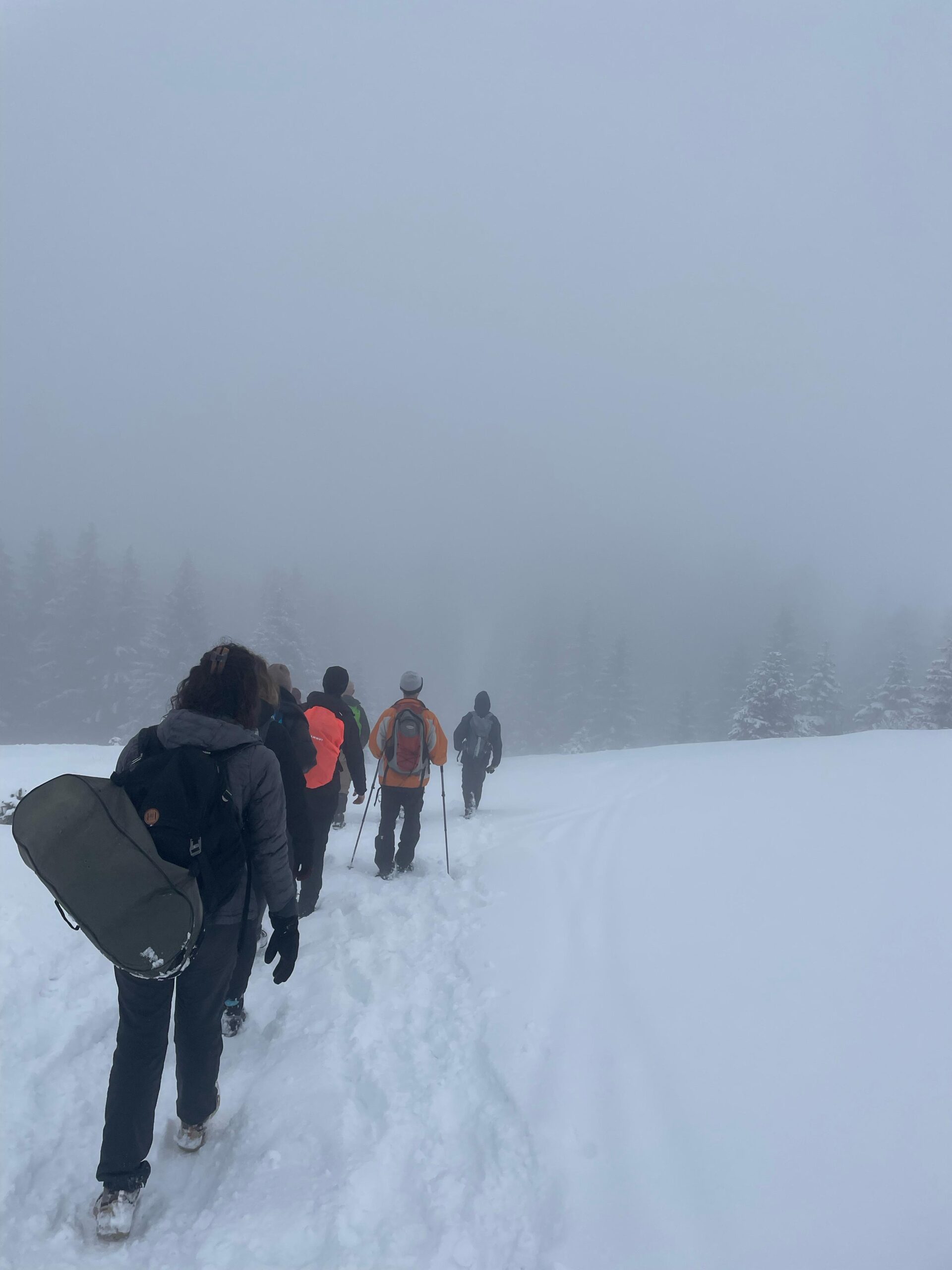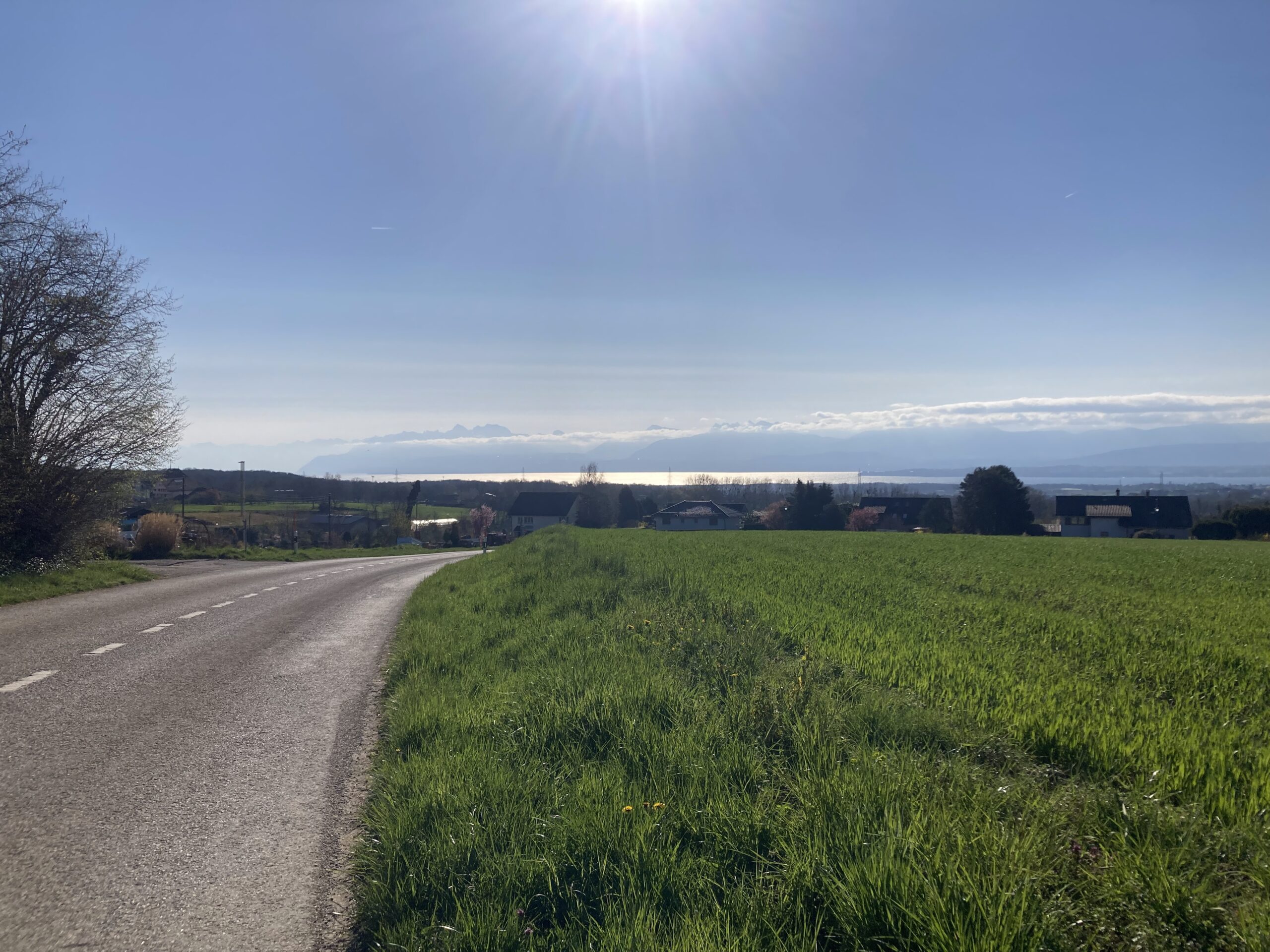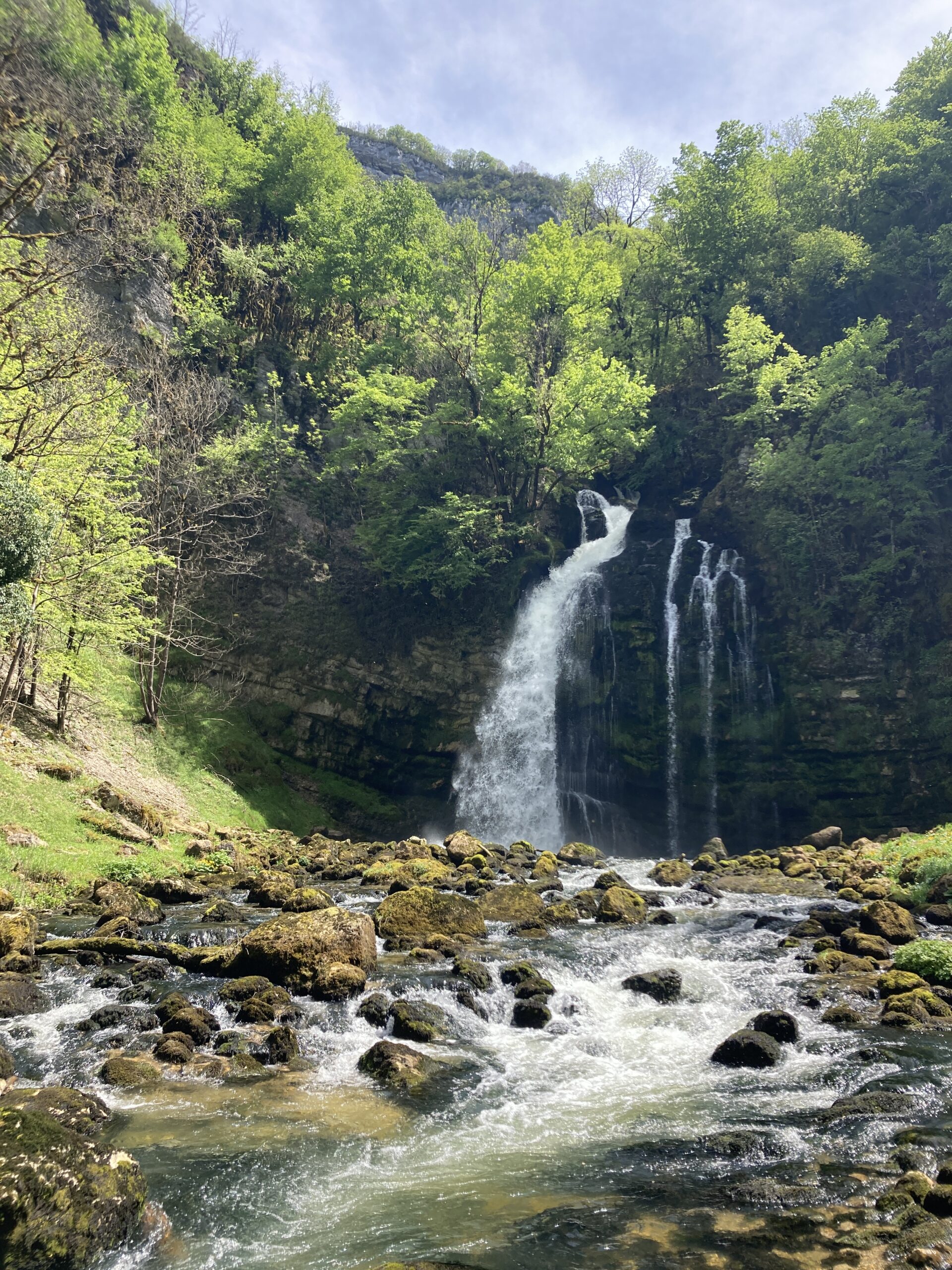Category: environmental
-
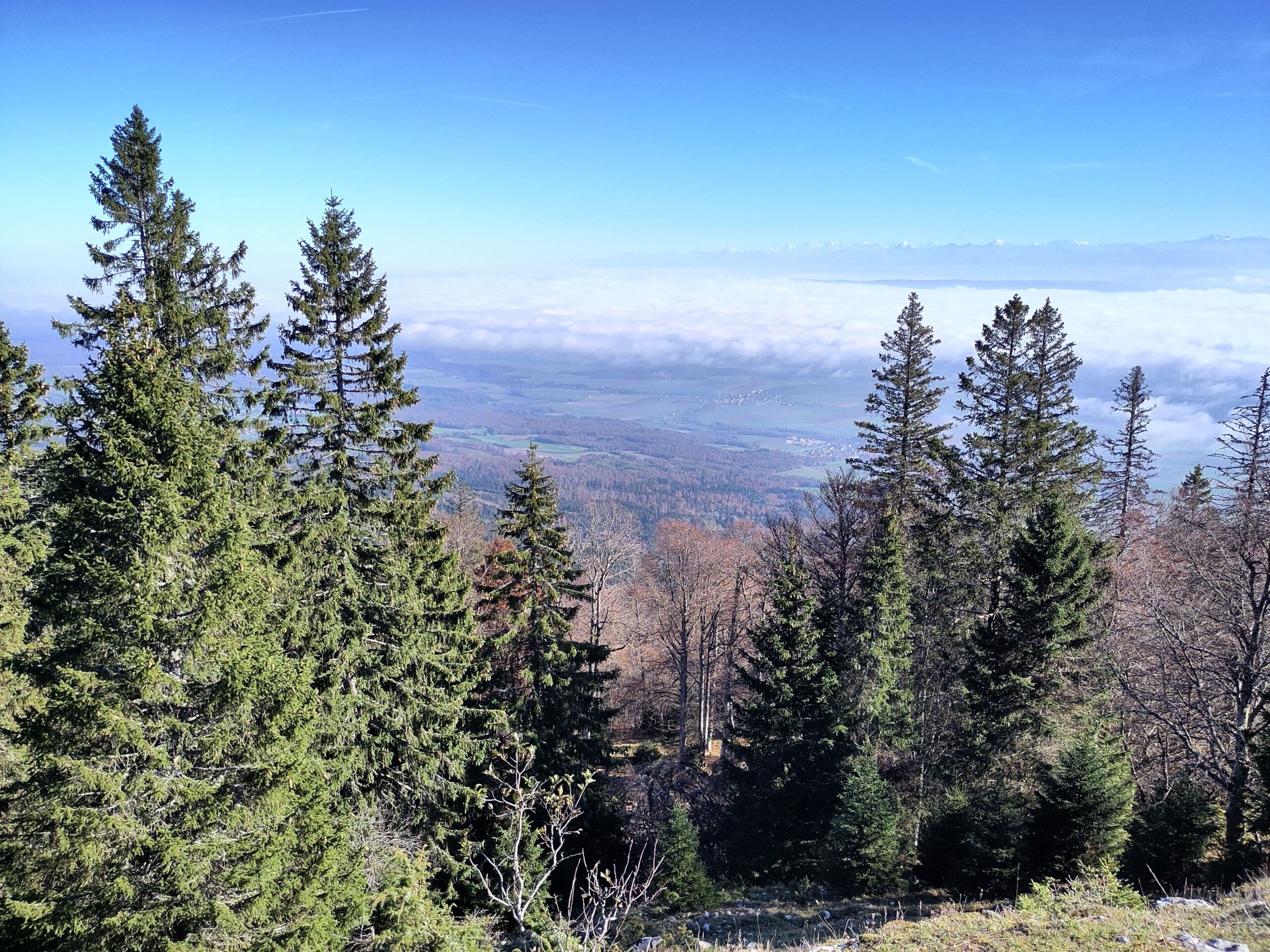
The Strong Desire Not To Drive Others
Reading Time: 2 minutesI am still really tempted to take the train to Jaun Dorf rather than the car. There are two reasons for this. The first is that the route is easy by train. It’s two trains, and a bus. The second reason is that I don’t save any time on the way up,…
-
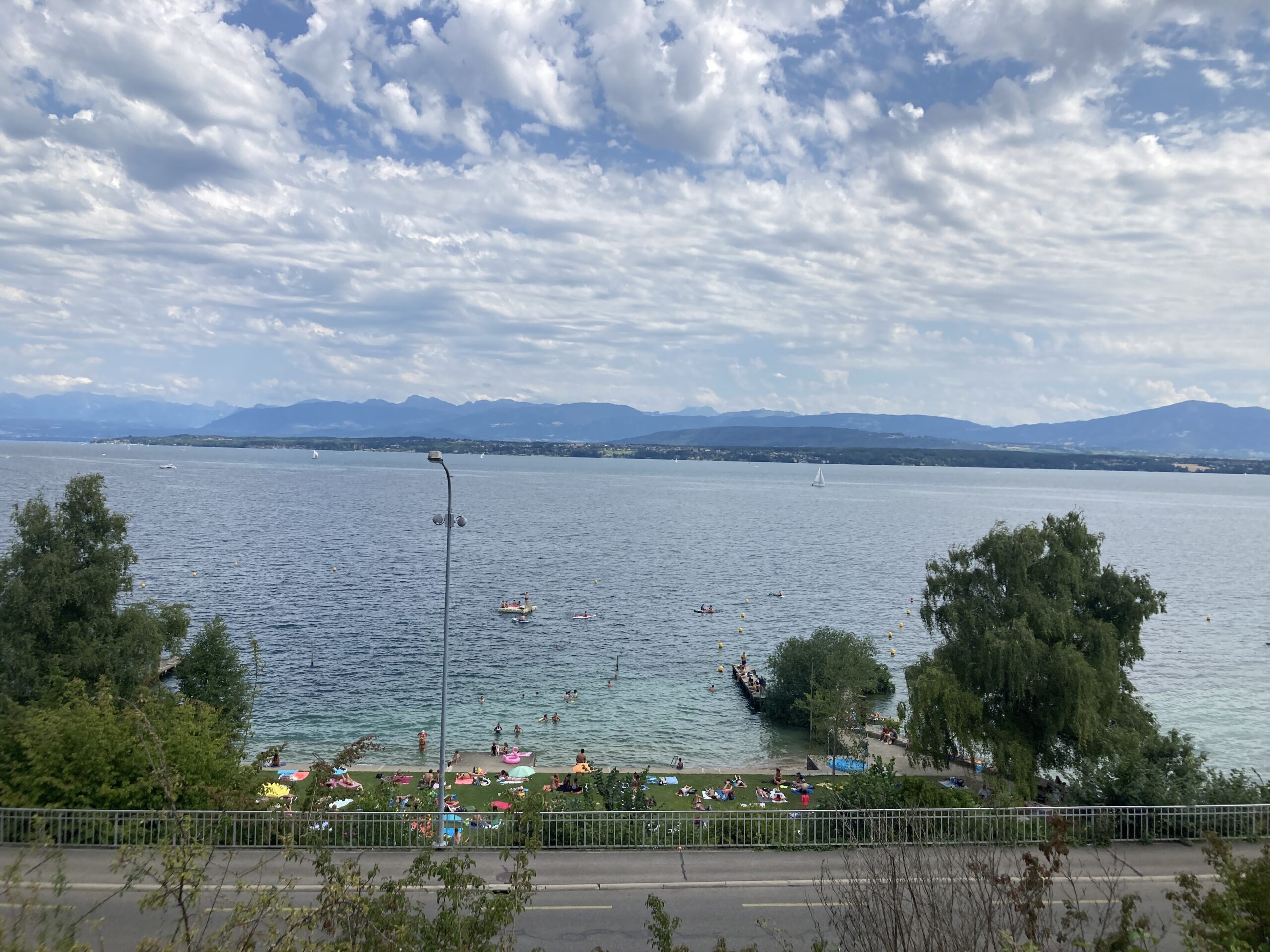
Using the Small EV
Reading Time: 2 minutesI write this as a joke, rather than as a serious post. I have access to two EVs. The first is a Fiat 500 that has a potential range of 180-200 kilometres although in Switzerland with the hills and more the range is theoretical, rather than practical. The second option is much…
-
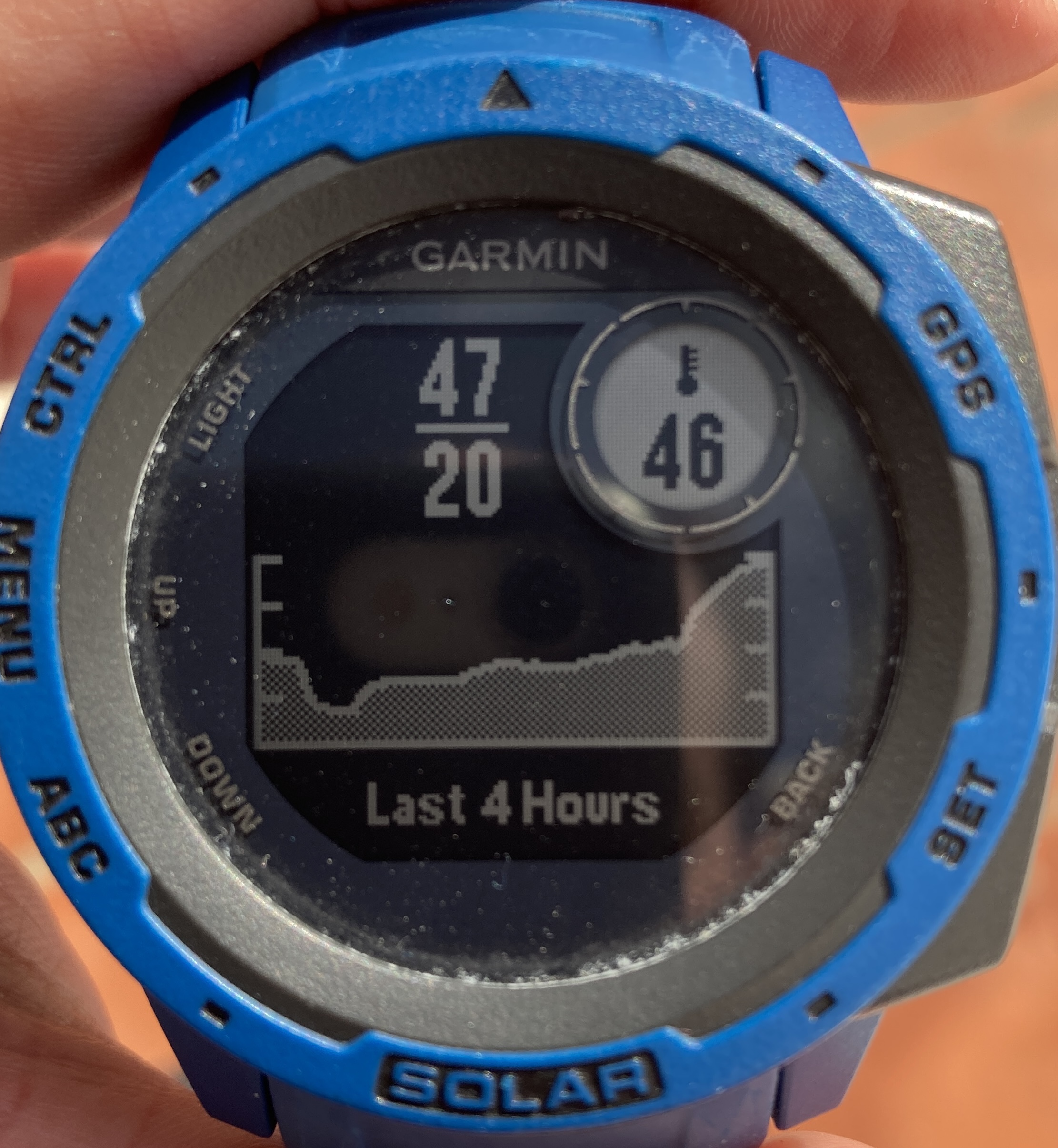
Keeping Cool in a Heat Wave
Reading Time: 4 minutesWe are currently in a heat wave. During heatwaves my velux heat up in the afternoon sun and radiate heat both into the apartment during the day but also at night after the sun has set. I have found that during a heat waves it is wise to close the blinds and…
-
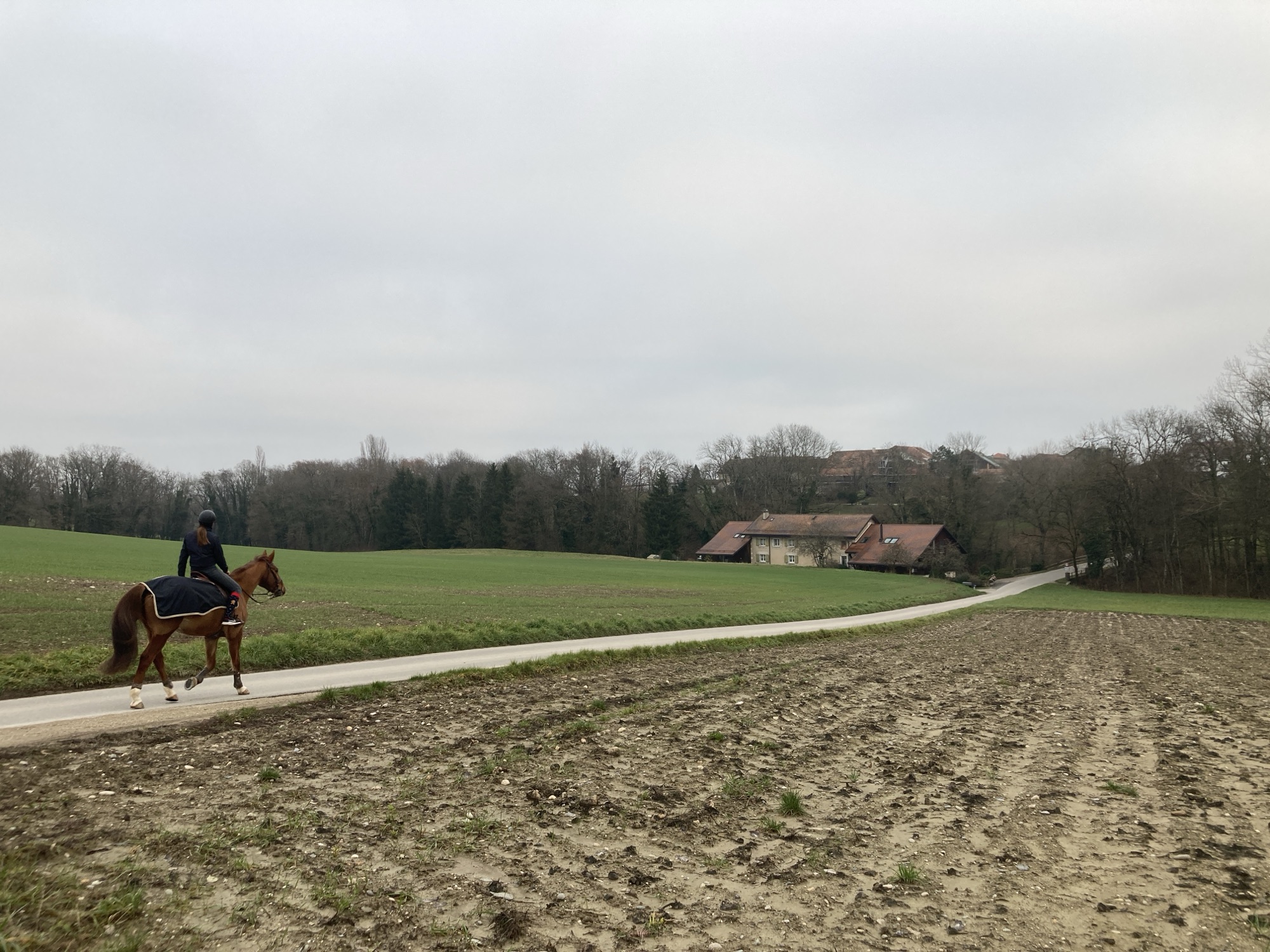
Five Point Two Millions Steps In A Single Year
Reading Time: 4 minutesLast year I walked five point two million steps, which is both a lot, and yet normal, for me. What makes last year so curious is that I didn’t feel to walk that much. I walked for one and a half hours, rather than two to three hours. My loops became shorter,…
-
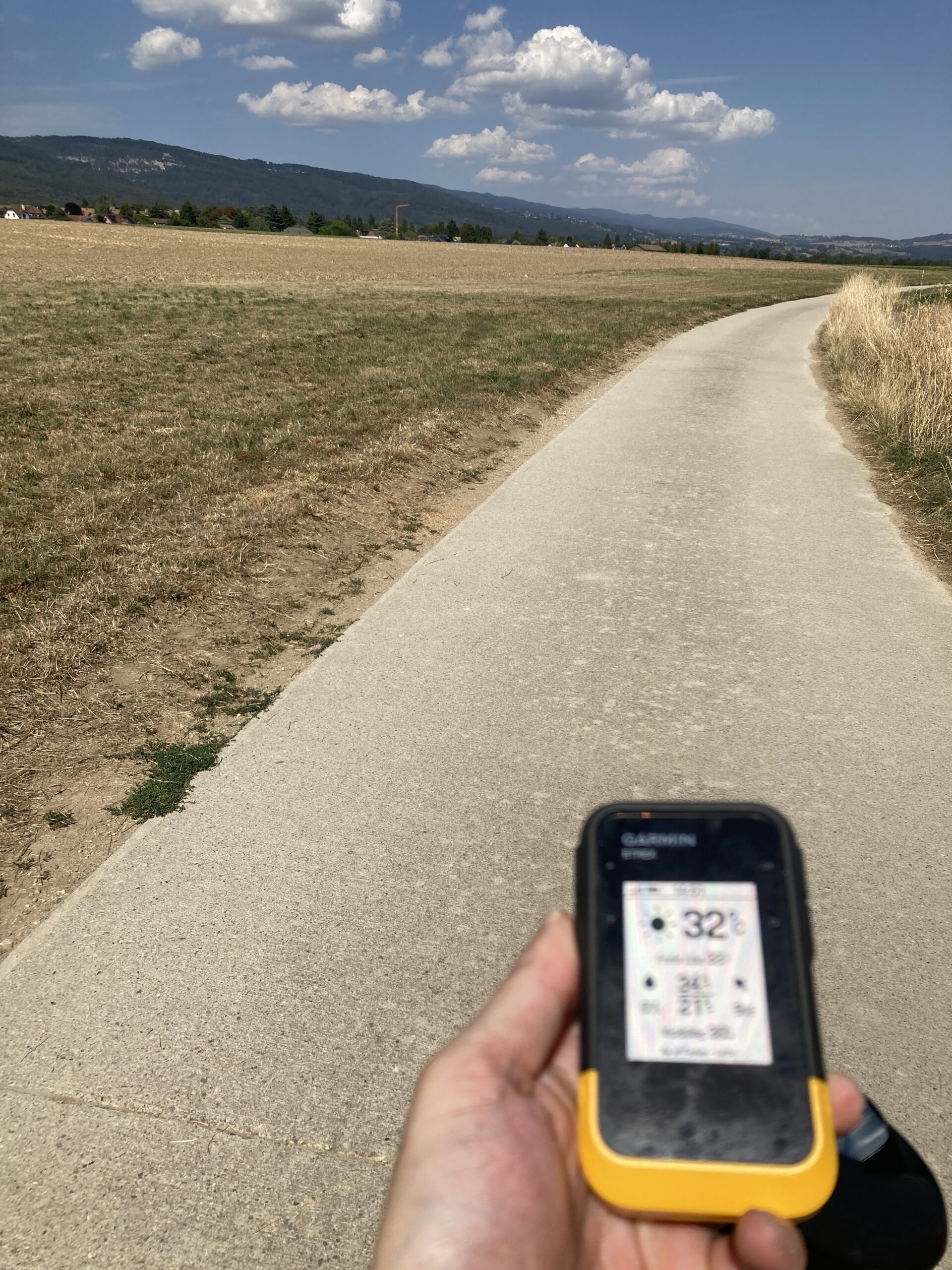
Silent Walking and Garmin Instinct Battery Modes
Reading Time: 4 minutesIt rarely happens. I rarely forget my airpods at home, and when I do I usually turn around to get them. Yesterday I didn’t turn around. I went for my walk anyway. You might think “so what?” and you’d be right to. It doesn’t change much. I usually listen to podcasts and…
